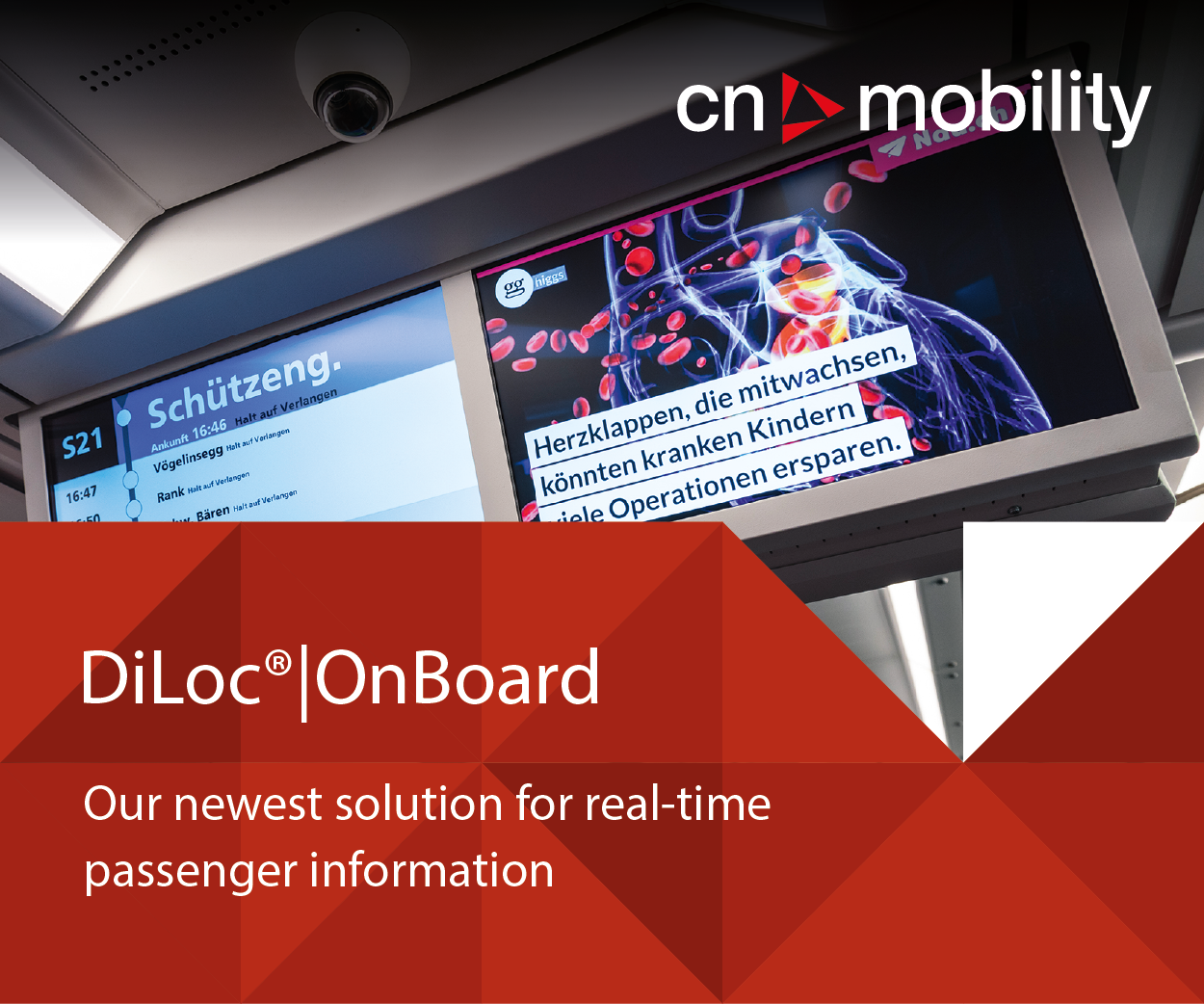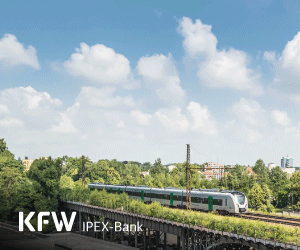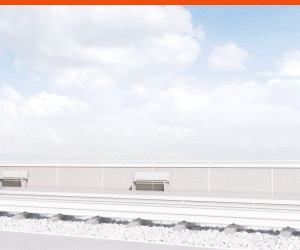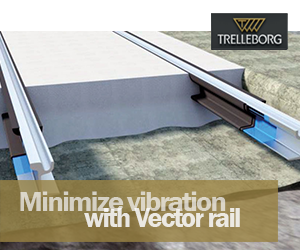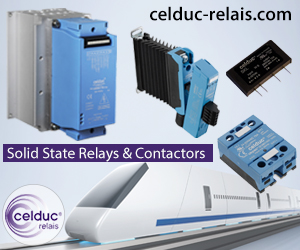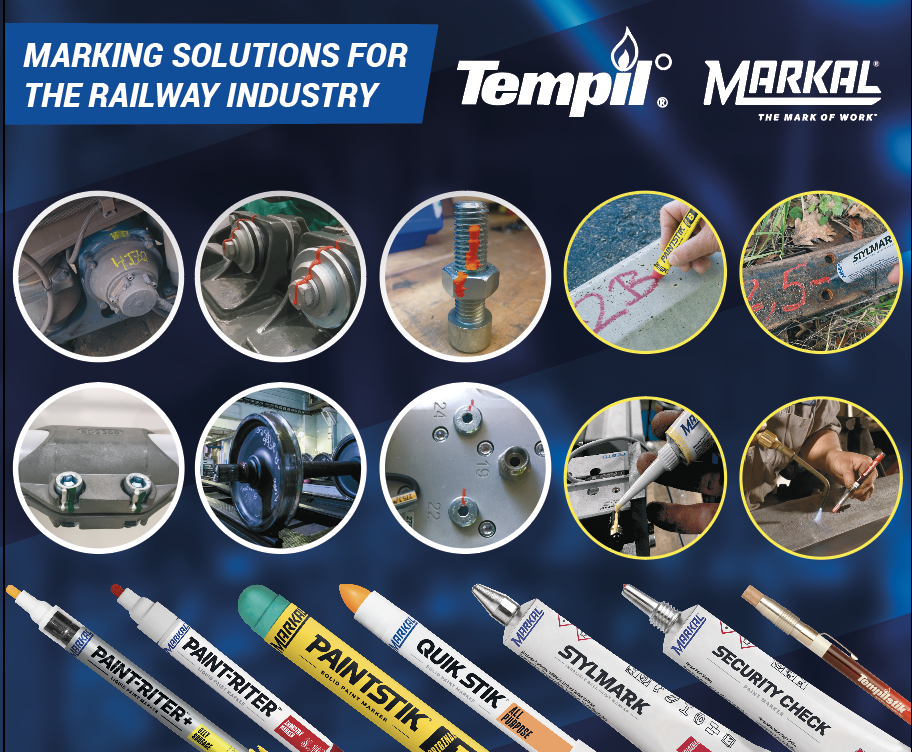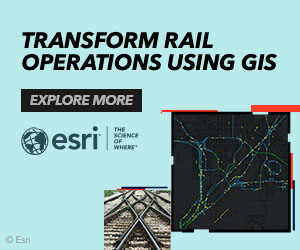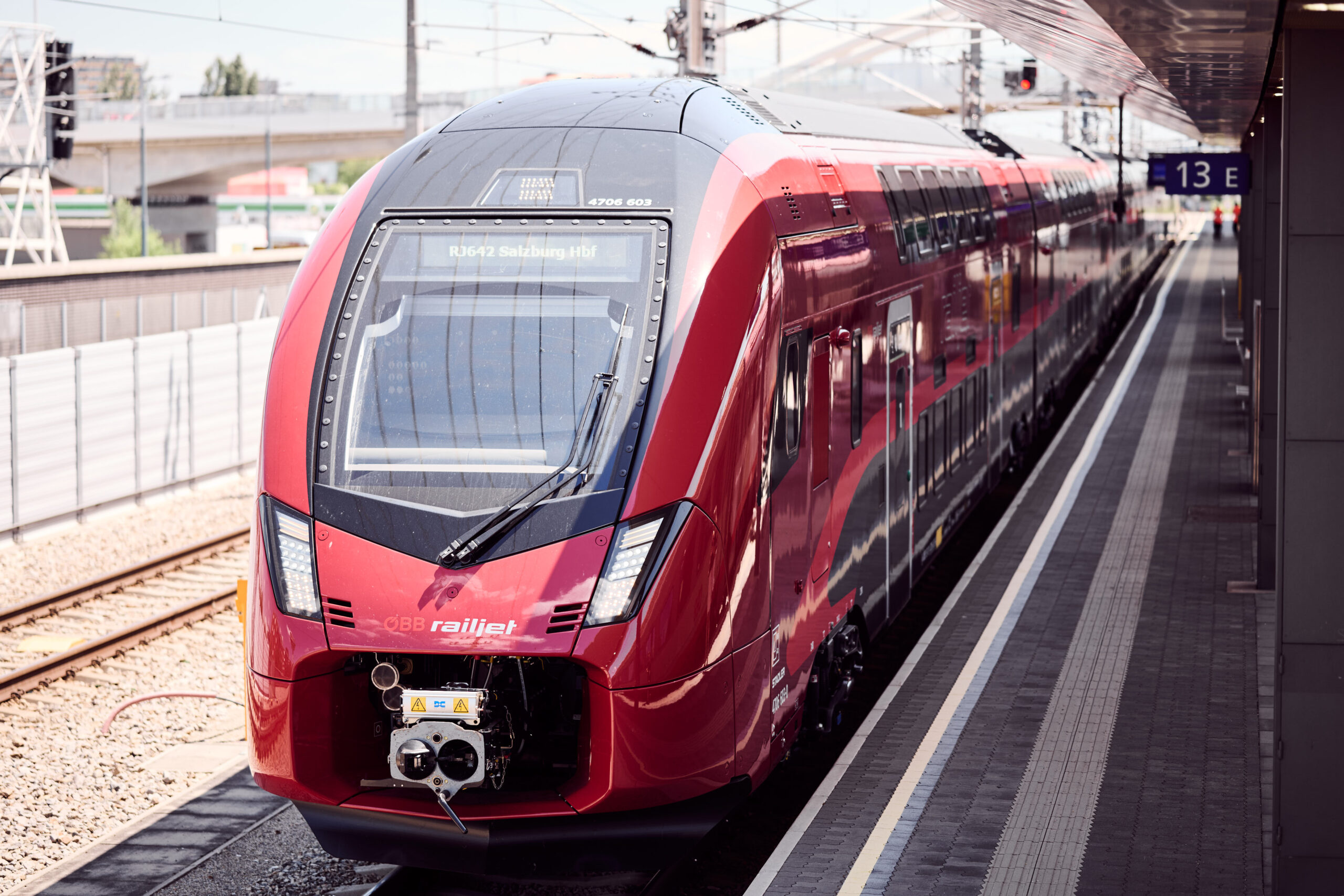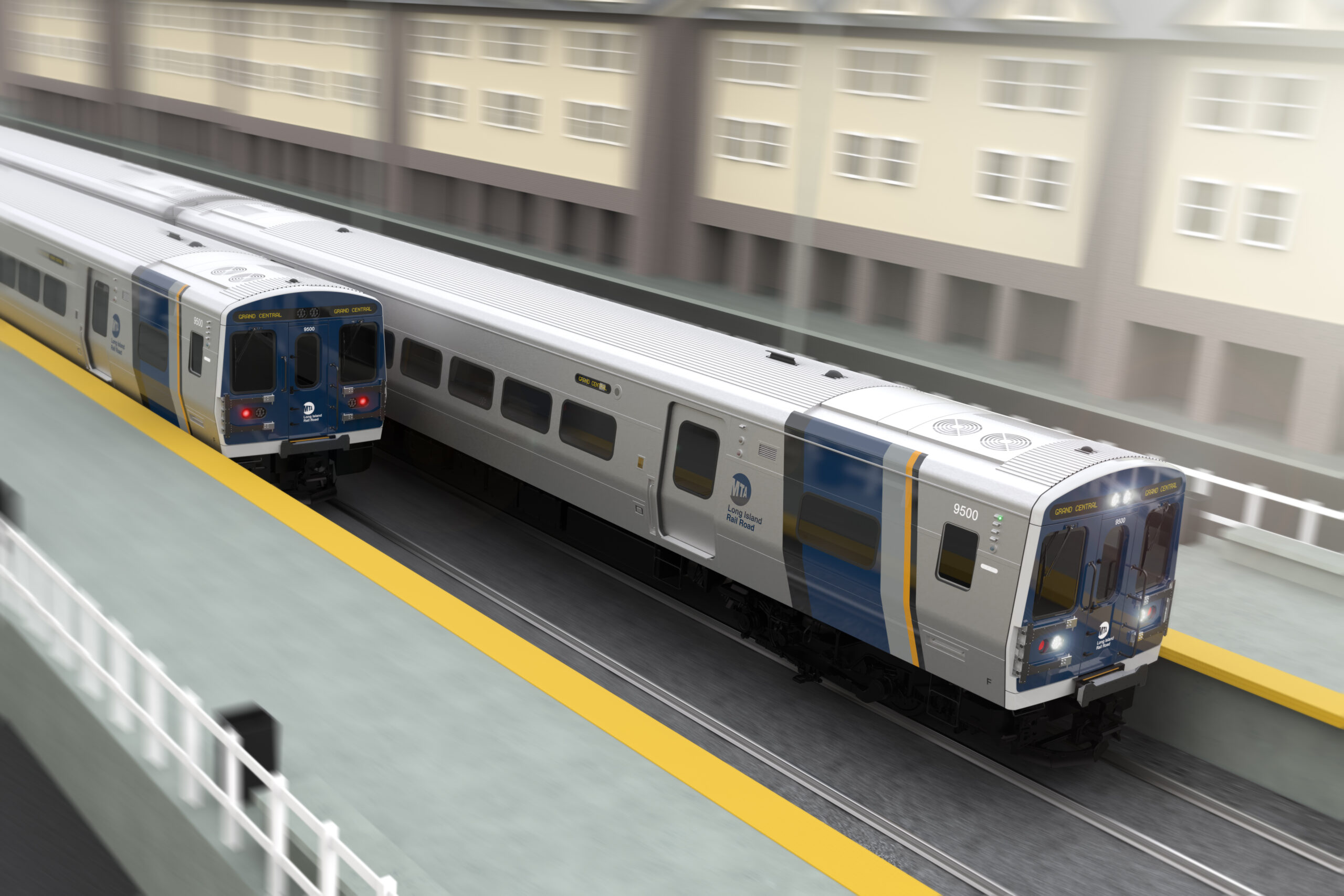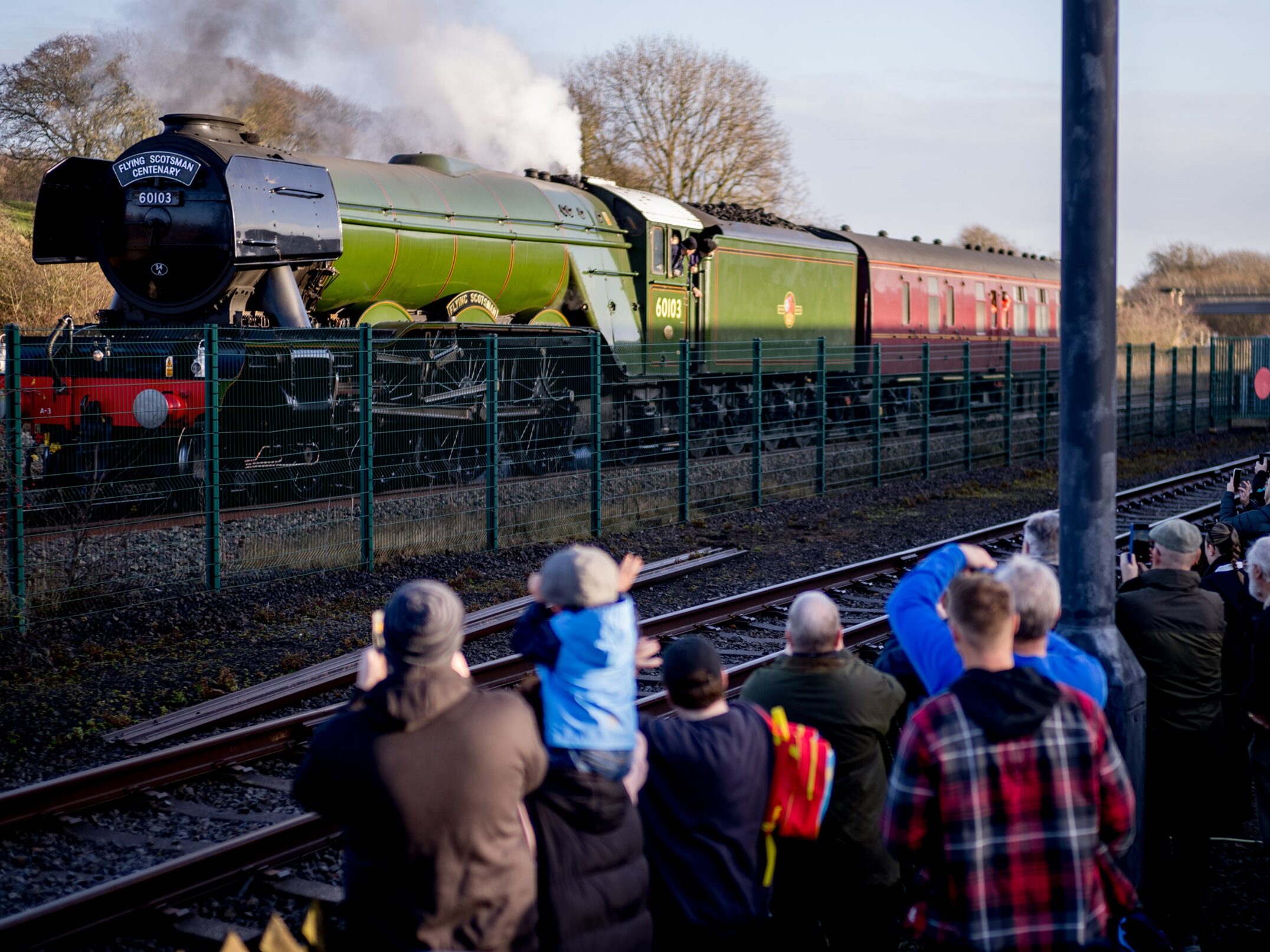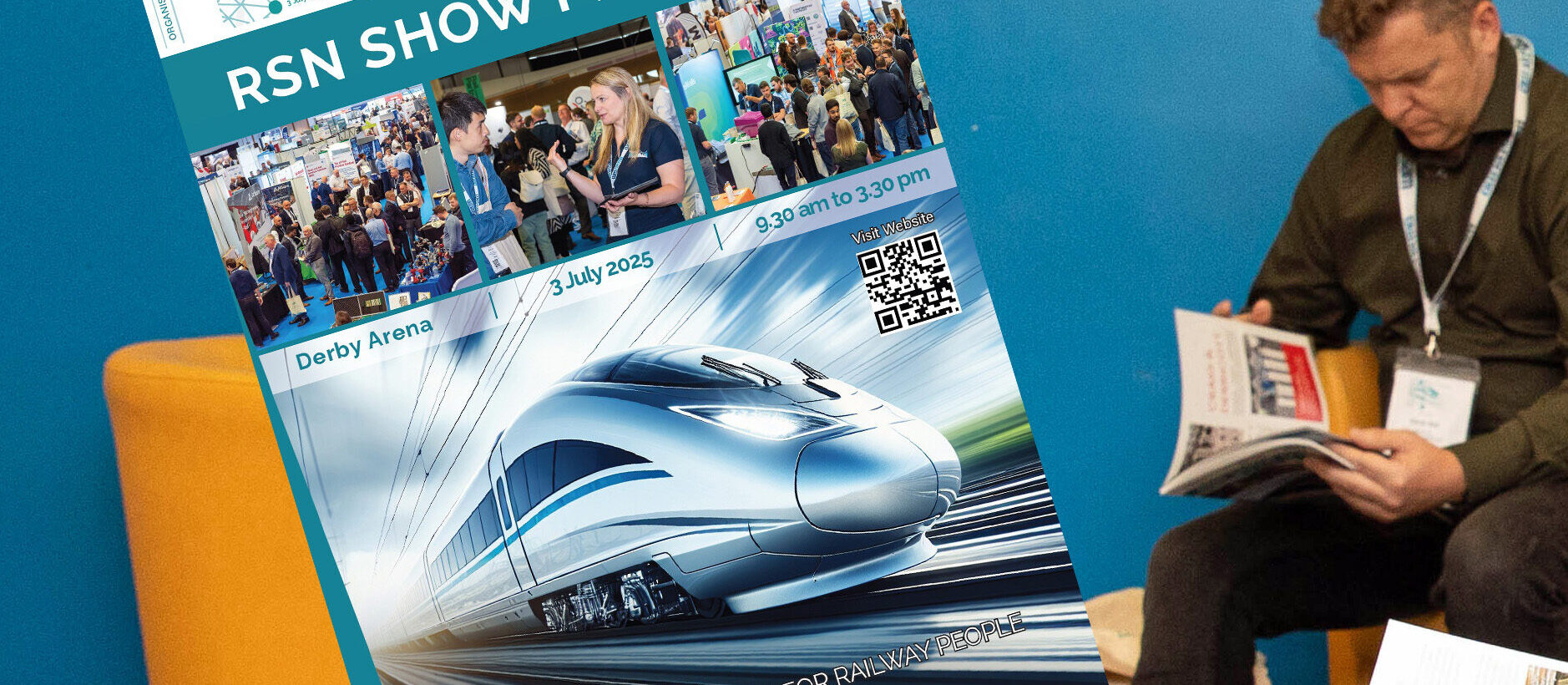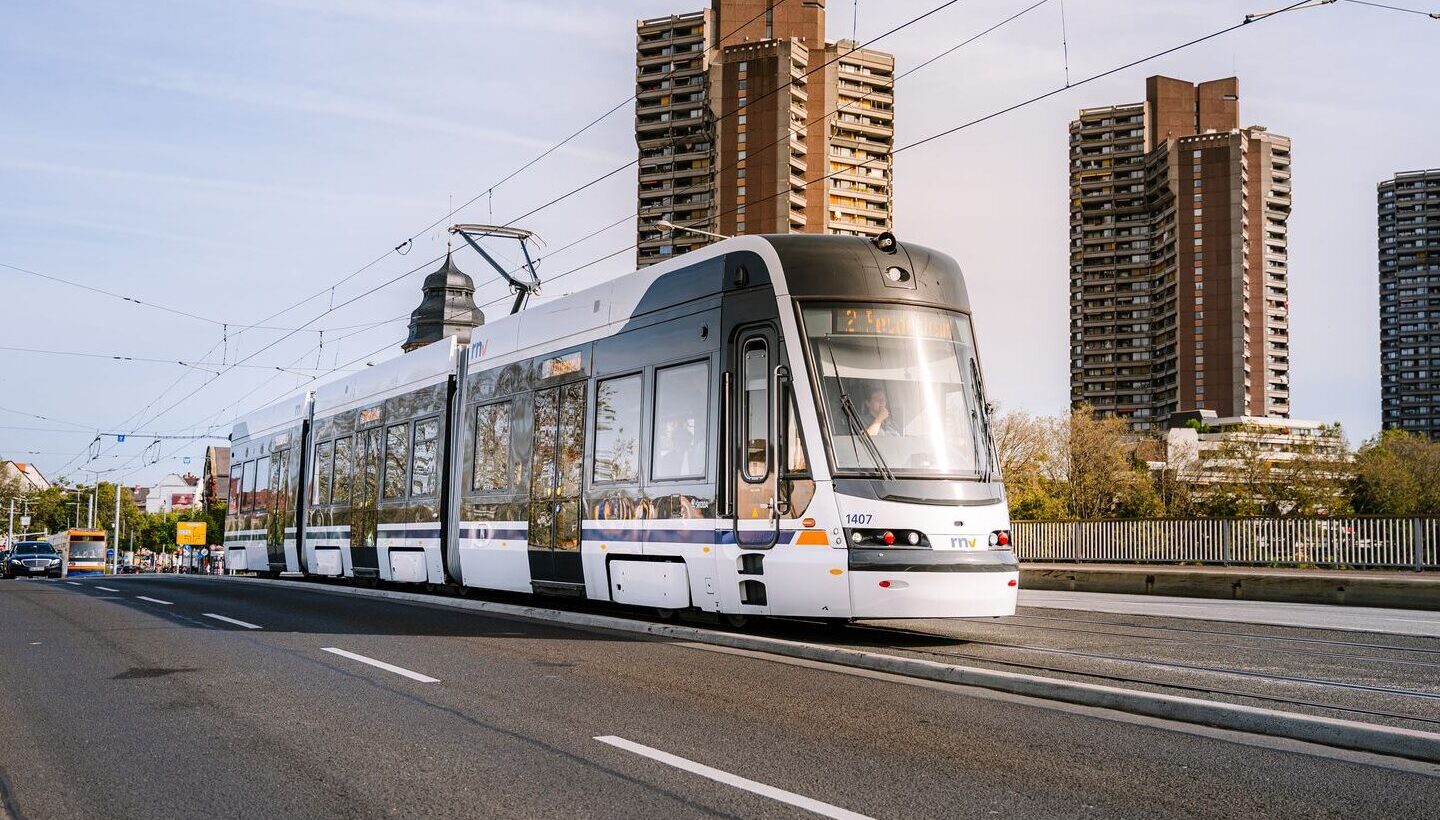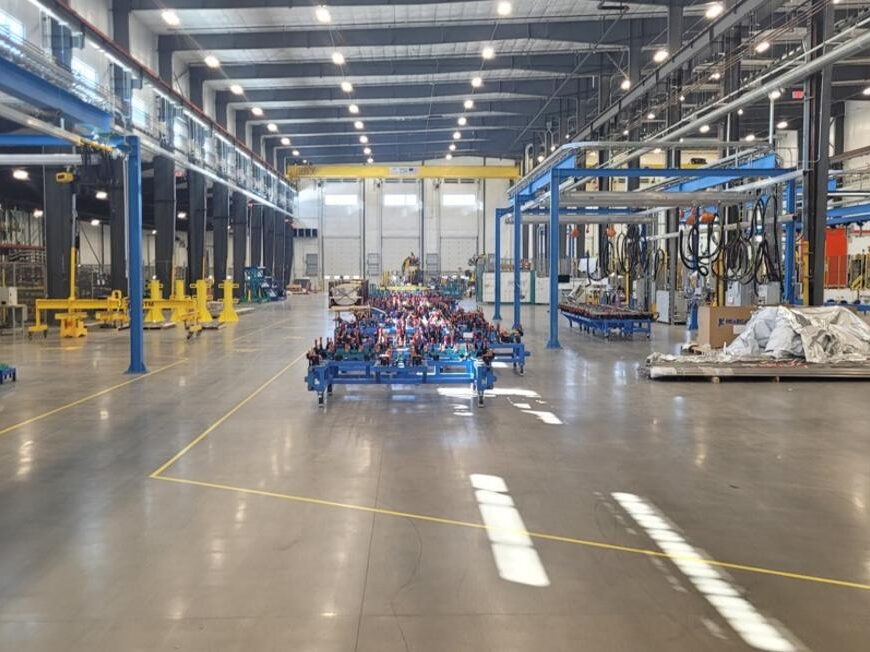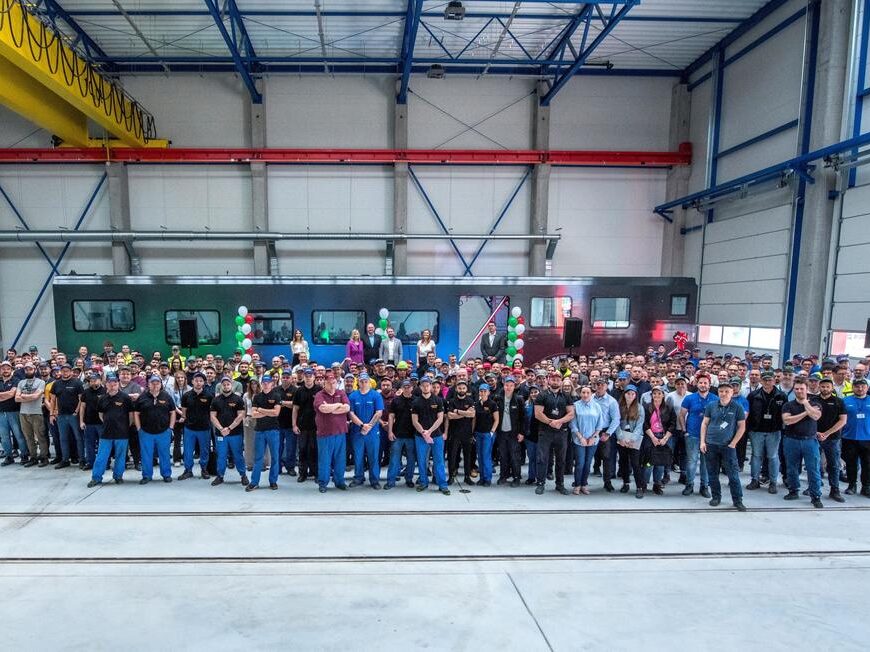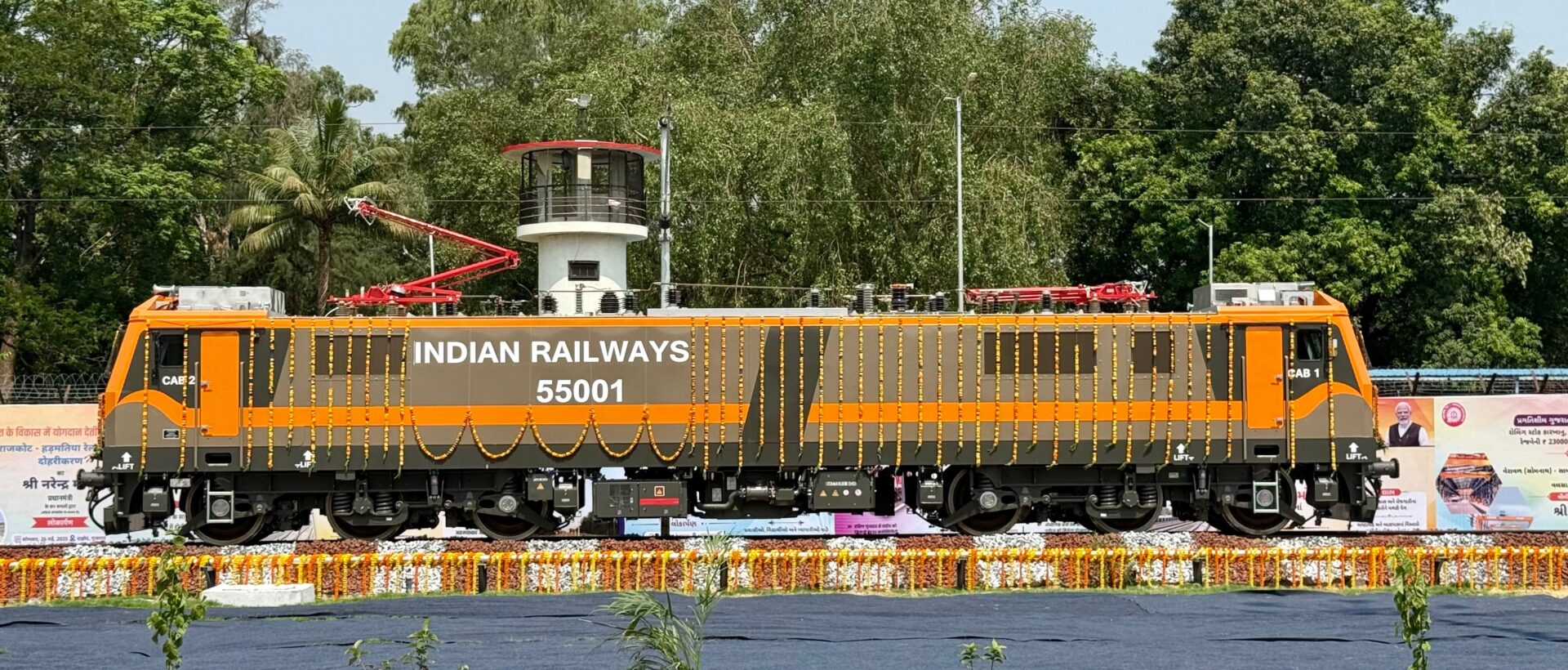The Kanpur Metro’s Corridor I extension has officially opened, featuring five additional stations. This development was enabled by metro trainsets and signalling systems supplied by Alstom.
The new section enhances access across Kanpur, aiming to serve more commuters with improved travel time and reliability. Alstom’s trains and communication-based train control (CBTC) signalling solution are central to the delivery of this phase, which is part of a wider plan being carried out by the Uttar Pradesh Metro Rail Corporation (UPMRC).
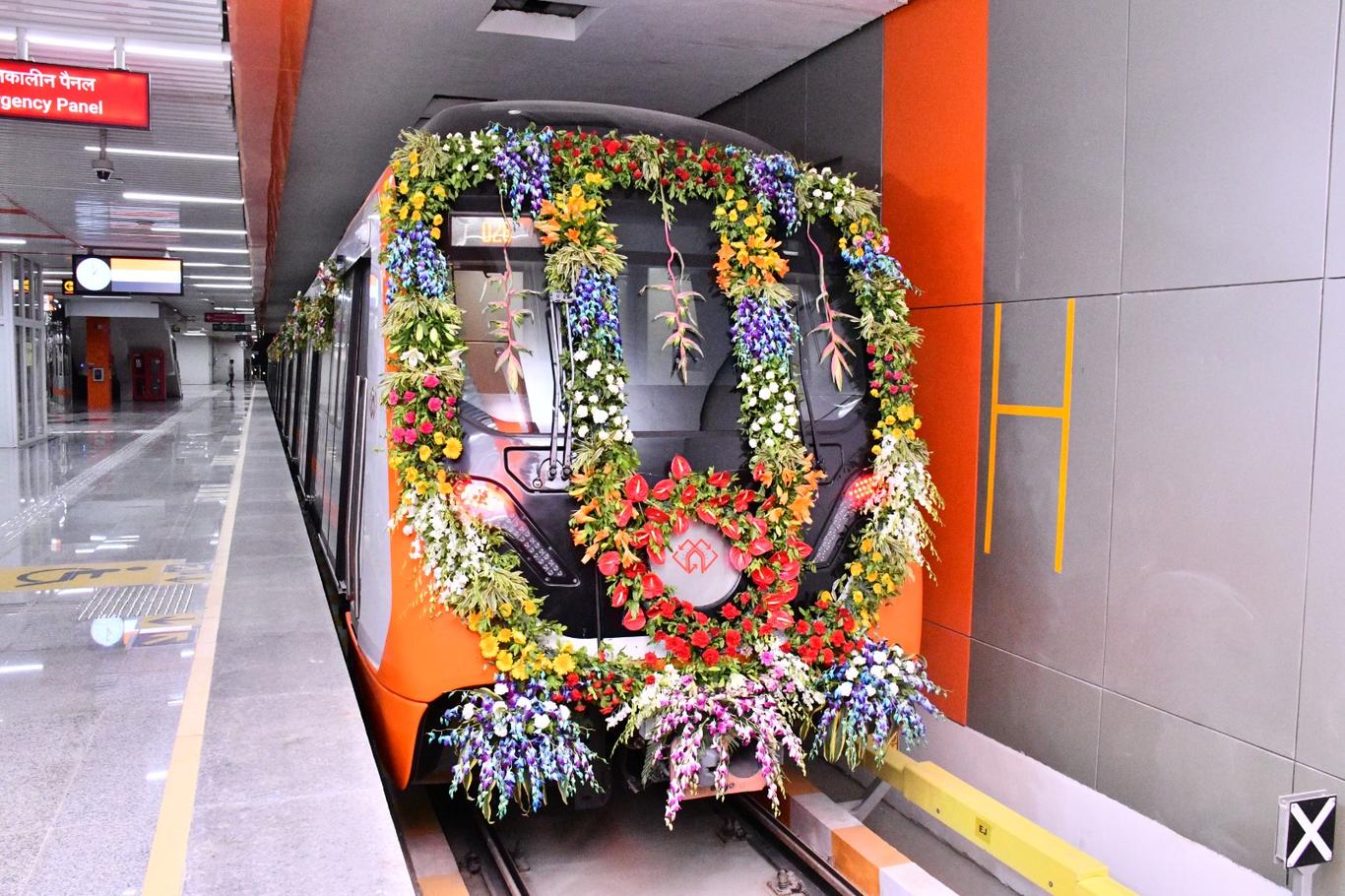
All metro trainsets in Kanpur have been manufactured at Alstom’s facility in Savli, Gujarat. This site has played a critical role in supporting India’s domestic rail production under the government’s Make in India and Atmanirbhar Bharat programmes. The design work was completed at Alstom’s Hyderabad engineering centre, with CBTC signalling developed jointly in Gurugram and Bangkok.
Each three-car trainset is equipped with Flexx bogies and the Mitrac traction system. These components support energy efficiency through regenerative braking and are intended to lower overall operating costs. So far, 40 trains are running in the city, with a total of 67 trainsets (201 cars) planned for the Agra-Kanpur metro project.
Olivier Loison, Managing Director of Alstom India, said:We have a strong partnership with UPMRC and are proud to have contributed to almost all metro projects in the state. Together, we are committed towards reshaping the transportation landscape of the state. The extended metro service will transform mass mobility in Kanpur and provide a safe, efficient, and sustainable mode of transportation.
The new underground stations in Corridor I are expected to ease congestion and provide a regular alternative to road transport. The system’s automation capabilities and real-time monitoring features, enabled by Alstom’s CBTC, help deliver a reliable passenger experience.
Kanpur’s metro trains operate at speeds of up to 80 km/h and are constructed with stainless-steel car bodies. The vehicles include features such as air conditioning, automated doors, passenger information displays, and dedicated space for passengers with reduced mobility.



